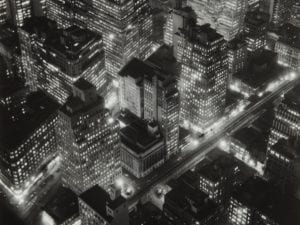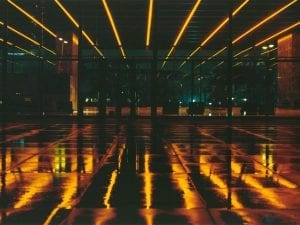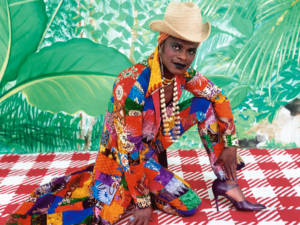“Where does an image begin and where does it end?” is a pertinent question for our times. New media technologies, such as generative AI, have prompted complicated conversations surrounding the definition of art, and whether we can believe what we see online. These ideas are at the heart of Shadow Self, an exhibition at Huis Marseille, Amsterdam. It features five artists – Shuang Li, Charmaine Poh, Heesoo Kwon, Xiaopeng Yuan and Diane Severin Nguyen – who look at the digital world from personal perspectives.
The show highlights the remarkable number of contemporary artists who are returning, albeit virtually, to their childhoods. A computer screen offered Chinese artist Shuang Li (b. 1990) her only access to the world outside the small industrial town in the Wuyi Mountains where she grew up. Her life changed when she discovered the American pop-punk/emo band My Chemical Romance, whose lyrics seemed to express her feelings. Shuang Li learned English through her activities on an internet fan forum, and fandom subculture continues to underpin her work, encompassing performance, sculpture, video and an interactive website.
Audiences will also meet Singapore-born Charmaine Poh (b. 1990), who, in the early 2000s, was a child star actor in the television series We Are R.E.M. This experience forms the basis of her video GOOD MORNING YOUNG BODY (2023), in which the eternally 12-year-old character E-Ching is a deepfake derived from footage of Poh’s younger self found on the internet. The video E-Ching responds to the public comments and scrutiny she was exposed to at the time. Here, Poh uses film, photography and performance to address the many issues surrounding virtual ownership and the long-term effects of fame in early life.

Japanese creative Chino Otsuka (b.1972), meanwhile, is another pioneer of so-called “virtual time travel.” The artist travelled extensively with her parents as a child, and, in the early 2000s, revisited the places in which she had been photographed by her parents 25 years earlier. Now, the artist has created new photographic works that unite her younger and older self in a single image. Elsewhere, Korean artist Heesoo Kwon (b. 1990) leverages virtual avatars, as well as Photoshop and Adobe Firefly, to reimagine the family archive – liberating her ancestors, and self, from “historical oppression rooted in patriarchy.”
Shadow Self focuses heavily on digital and online art, but also offers a place for lens-based practices. Chinese photographer Xiaopeng Yuan (b. 1987), for example, presents a series of commercial shots made for TANK Magazine. The artist uses fashion photography to subtly speak about our relationship with technology. In one picture, a cracked screen protector sticks to a subject’s cheek in subtle reference to smartphone reliance. Elsewhere, Vietnamese-American artist Diane Severin Nguyen’s (b. 1990) presents Tyrant Star. Filmed entirely in Ho Chi Minh City, it considers how cultural touchstones like songs and shared histories are fragmented and woven together in new ways over time. Together, these artists show us how the internet has shaped a generation, influencing the stories we tell about each other and ourselves.
Shadow Self, Portal to a Parallel World
Huis Marseille, Amsterdam | Until 9 February
Images © Xiaopeng Yuan. Screengrab series for TANK Magazine, 2024.





